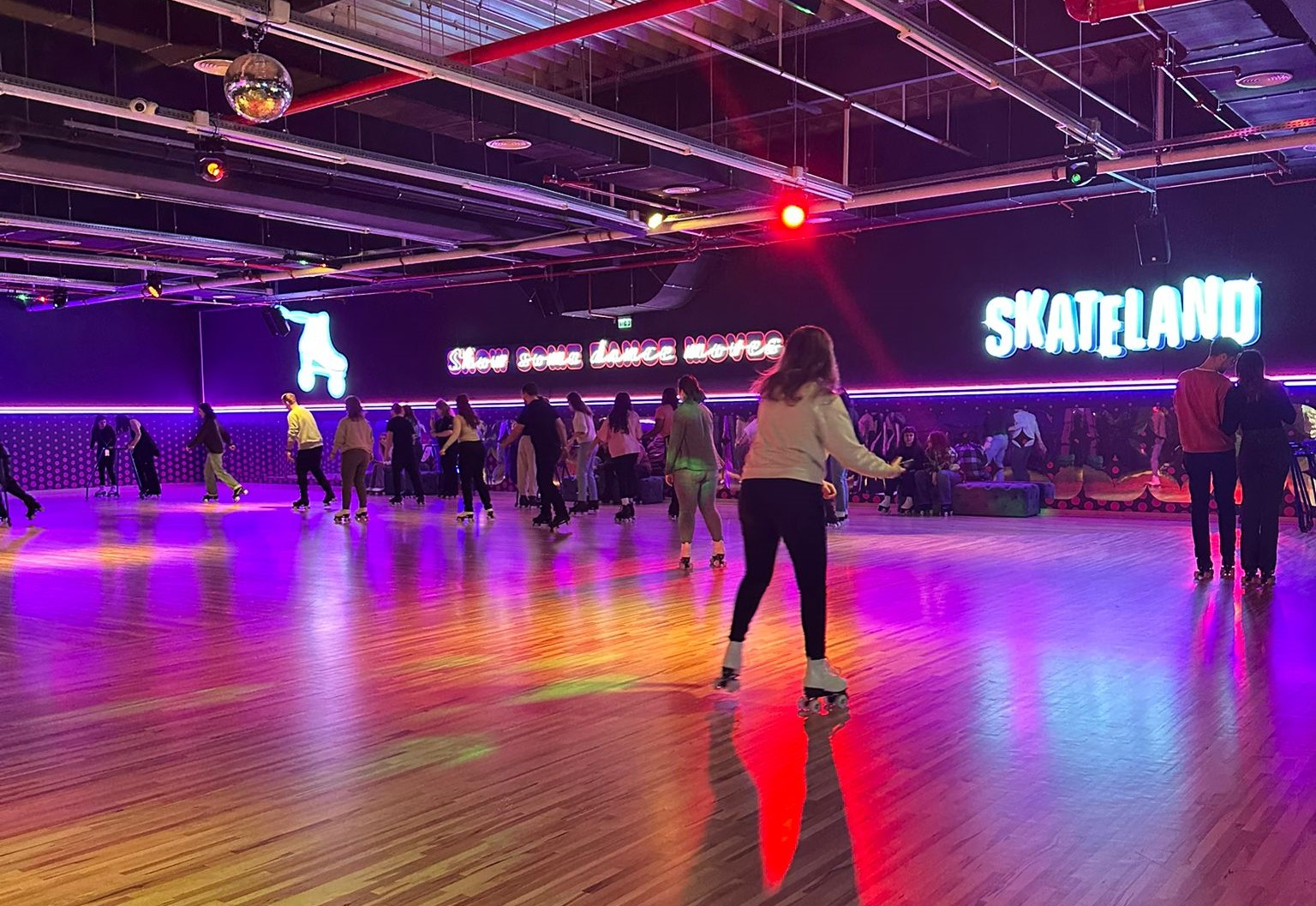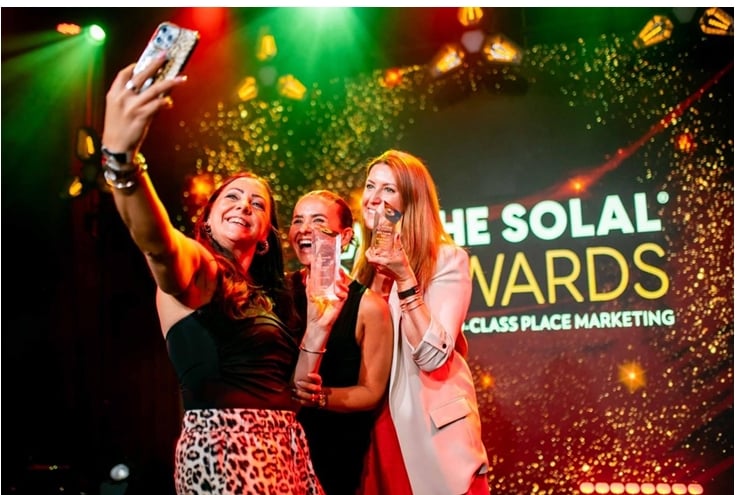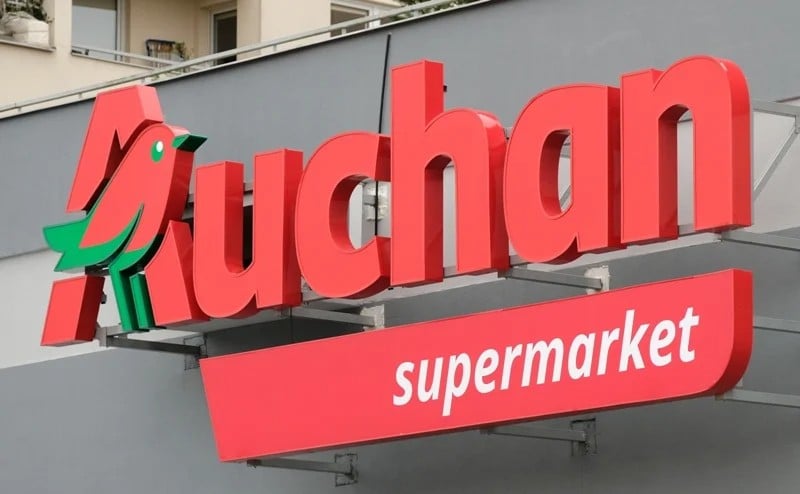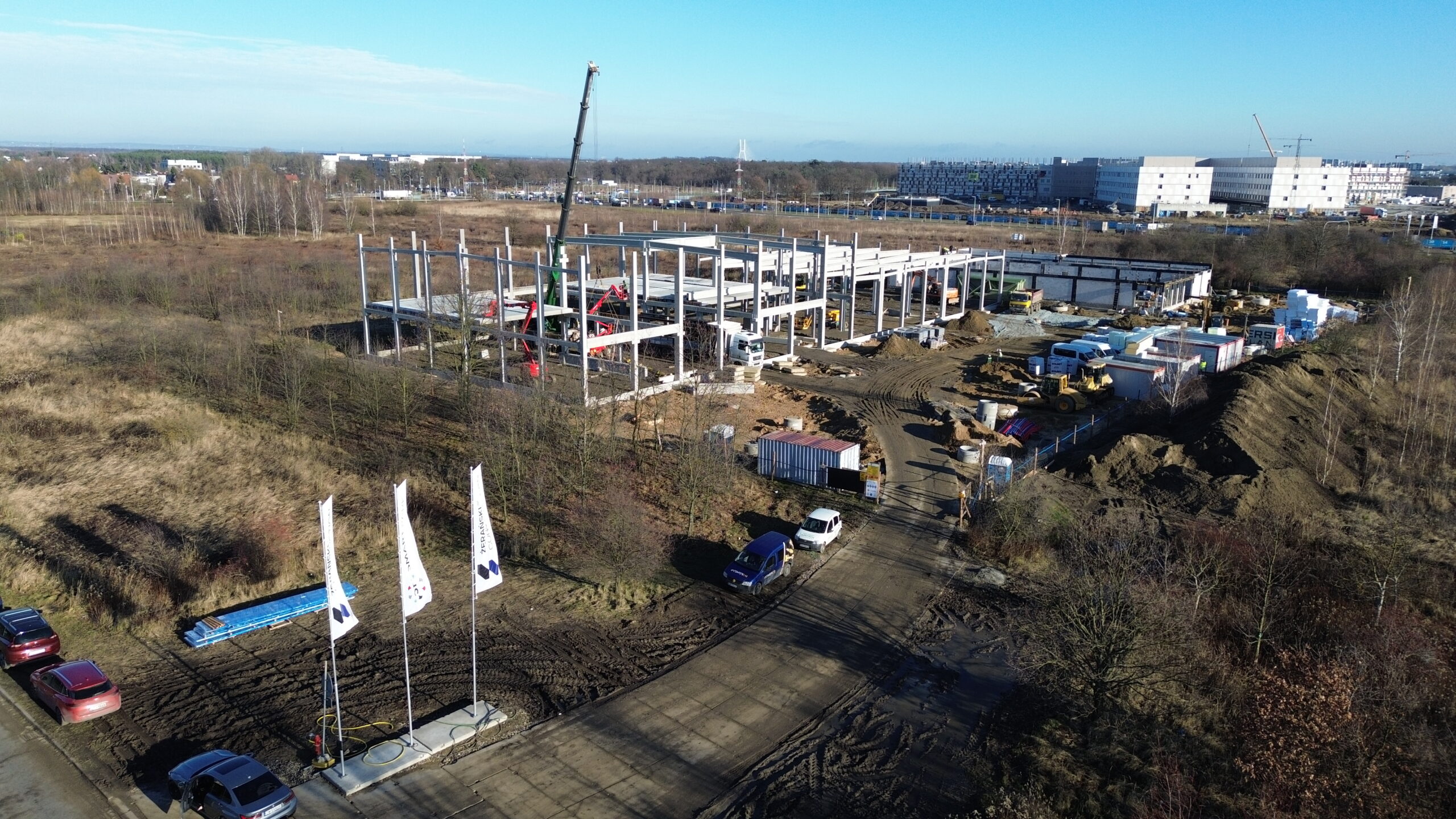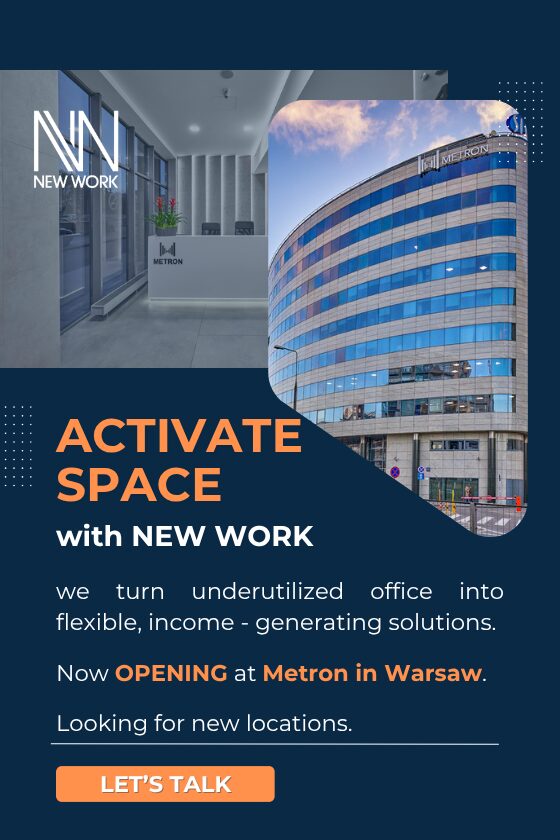Shopping centers in Romania are the primary destinations for leisure activities, surpassing many European markets in terms of entertainment offerings, according to an analysis conducted by Nhood Romania, an integrated real estate services and solutions company.
Nhood’s analysis of over 30 shopping centres in Romania reveals that while the local market has a limited range and there is still significant potential for diversification, the country’s malls are better positioned in this sector compared to those in Germany, Italy, or Austria.
“Romania has a considerable advantage in terms of consumer perception of shopping centres as entertainment destinations, in contrast to mature European markets. This context creates a real opportunity for shopping centre developers and operators, who can capitalize on current trends through a coherent strategy of diversified entertainment,” said Bogdan Aldea, Head of Business Development, Nhood Romania.
However, Romanians allocate a smaller budget compared to other Europeans. According to INSSE data, Romanians allocated an average of 3.1 percent of their household consumption budget to recreation, culture, and sports in 2023, equivalent to approximately 120 RON per month. The share of these expenses varies significantly depending on income, reaching 5.9 percent for those with the highest incomes. Although these figures are promising, Romania remains below the level of other European markets, where the share of spending for this segment reaches 5.1 percent in Spain, 7 percent in France, and 9 percent in Germany.
The majority of malls in the country include children’s play areas and arcades (present in 40-50 percent of malls), while facilities such as virtual reality (VR), bowling, laser tag, escape rooms, or trampoline parks are found in less than 10 percent of the analyzed centres. Furthermore, only 41 percent of malls offer more than one type of entertainment, usually a combination of children’s play areas and arcades.
Compared to European markets, however, shopping malls in Romania have a higher rate of entertainment component presence, at 79 percent, compared to Germany – 57 percent or Italy, with only 45 percent. This difference is explained by Romanian consumers’ preference for spending their leisure time in shopping centres, the delayed reaction of other European markets to adapt to the changing consumer behaviour, as well as the different strategies of mall owners and entertainment operators.
“To transform malls into competitive lifestyle hubs at a European level, it is essential to diversify the entertainment offering. Implementing innovative concepts based on the complementarity of attractions can generate a major impact on customer retention and traffic growth,” added Gabriela Piștalu, Head of Property & Asset Services Nhood Romania.
Currently, the company has over 7,000 sqm of implemented entertainment spaces in the 23 retail assets it manages, with an additional 4,100 sqm in various stages of implementation.
Romania’s retail sector continues to evolve rapidly, and shopping centres remain the preferred destinations for shopping and leisure. By developing a coherent entertainment ecosystem adapted to market demands, Romania has the chance to become a European benchmark in transforming shopping centres into complete leisure destinations.
